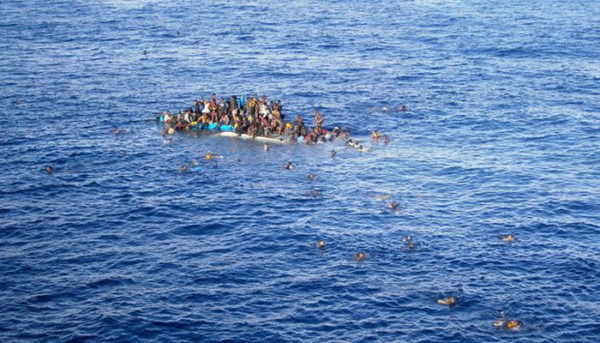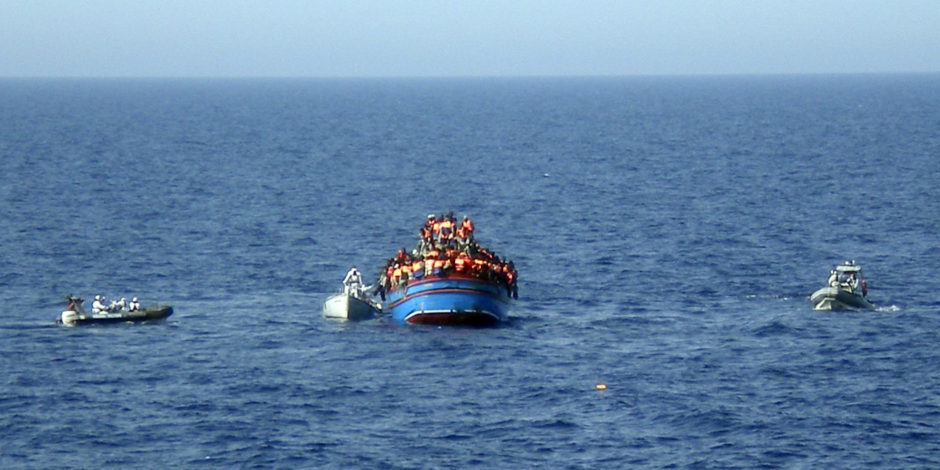
The small, remote Italian island of Lampedusa, 70 kilometers off the coast of Africa, has borne the brunt of the migrant crisis afflicting Europe. In the past 20 years, 400,000 migrants have landed there on their way to the European mainland, while 15,000 have drowned en route.
Gianfranco Rosi’s spare but affecting documentary, Fire at Sea, which opens in Toronto on Friday, October 21 at the TIFF Bell Lightbox, quietly juxtaposes their harrowing ordeal with the everyday lives of Lampedusa’s Italian residents.
The migrants and the local Italians live in close proximity to each other, but they may as well be living on different planets. As the migrants pour in, the Italians go about their business nonchalantly, virtually oblivious to the pain and suffering of the newcomers. The Italians are neither evil nor mean-spirited. Life goes on, as usual, and they go with the flow.
The nearly two-hour-long film seems fragmentary at first glance, ricocheting from one seemingly unrelated scene to the next. But in fact, Rosi is introducing his cast of characters and humanizing the wretched plight of the migrants.

Samuele, a pre-pubescent boy from a fishing family, is fixated on home-made slingshots. As he and a friend practice their technique in various places on the bleak island, the Italian coast guard detachment receives a distress call from a sinking dinghy. New arrivals, mainly from Africa, are frisked and photographed before being driven to a reception center.
As this bureaucratic process unfolds, the host of an Italian radio program carries on with his show, playing plaintive and heart-wrenching songs and operas listeners request.
In one poignant scene, an emotional Nigerian migrant recounts his difficult flight via the Sahara Desert and Islamic State-infested Libya.
Samuele reappears in a number of scenes. He has his eyes examined by a physician. He throws up at sea while seated in a relative’s vessel. He attends an English-as-a-second language class. He devours a plate of pasta.
Meanwhile, a compassionate Italian doctor who has tended to the migrants speaks of the traumas they’ve endured, while a group of migrants play a makeshift soccer game.
In apparently perfunctory fashion, Rosi’s camera pans on an under-sea diver and a housewife completing her chores. “Let me have a nice day and give me a little health,”she says as she kisses a face on a framed photograph.

Perhaps the strongest segment in the film is when members of the coast guard, clad in white jump suits, gloves and masks, meet a crowded boat in the open sea. Some of the migrants are dehydrated and in dire need of immediate care. The Italians do their best for these poor souls, not knowing that at least 40 of their fellow passengers are already dead.
Fire at Sea remains steadfastly neutral and clinical and dispenses with commentary altogether. The effect can be compelling. In Rosi, the migrants have found a sympathetic voice.
